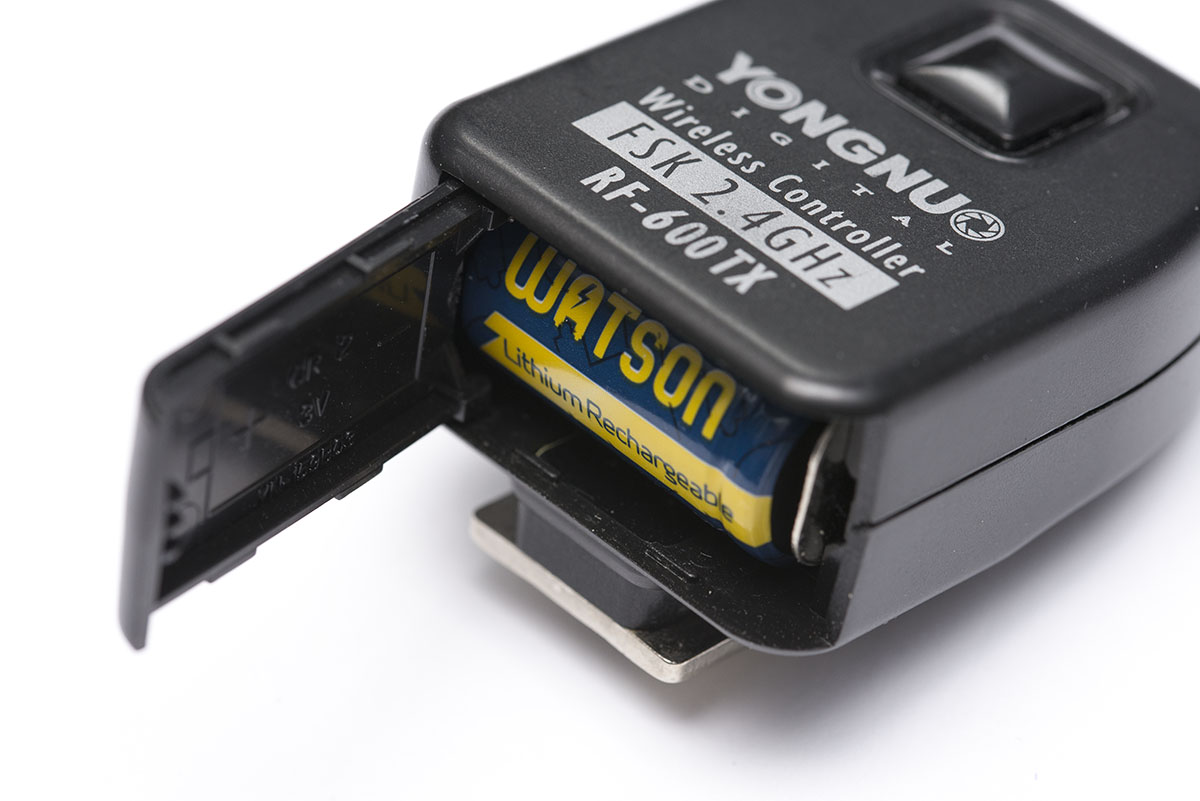Wireless vs Cable Shutter Release - Which One's Right for You?
So you want a shutter release - either for long exposures, or to minimize camera shake. The question is, do you go with a wireless shutter release, or a cable release? Having used both types, I’ll go over the pros and cons, as well as some tips for making the most of them.
Firstly, why even use a shutter release?
Do you need a shutter release? While it’s not necessary for everyone, many photographers do find that it’s very useful, if not indispensable.
One major benefit is that a cable release will allow you to capture exposures longer than 30 seconds. By setting your camera to “Bulb” mode, the shutter will stay open for as long as the shutter release is pressed. If you were to try to press the shutter button of the camera and hold it for such a long time, your touch would cause the camera to shake quite a bit, even on a sturdy tripod. With a remote shutter release, either wireless or via cable, you can hold down the shutter release without actually touching the camera, and thus capture long exposures that are actually usable. This makes shutter releases absolutely necessary for landscape photographers who are using ND filters for long exposures, as well as astrophotographers who often take very long exposures. Many remote shutter releases even have a switch that you can use to hold down the button so that you don’t have to press it for the whole exposure time. The photo below shows a cable release with the switch in place.

Another similar benefit is that there’s no vibrations to deal with when you hit the shutter. Often landscape or commercial photographers will find that simply pressing the shutter button causes noticeable blur even in shorter exposures. One work-around is by using a 5 or 10 second timer to wait out the vibrations, but that wastes a lot of time over the course of a shoot, so by using a shutter release photographers can avoid the vibration blur and still shoot at a productive pace.
Finally, shutter releases are important if you’re shooting a lot of images from the same place and the framing needs to be the same - like if you’re doing a focus stack, an HDR image, a time-lapse, or a stop motion film. Each time you touch the camera to press the shutter you’d move it slightly, and this can cause problems when you go to combine the images. By using a shutter release you avoid that issue entirely, and save yourself a lot of time in post-production.
Why use a wireless shutter release?
Wireless shutter releases tend to operate via radio signals - you have a radio receiver attached to the camera, and a radio trigger that you hold. This means that there’s absolutely no way for you to knock the camera when you use the release - you can move freely around the camera without worrying about pulling on any cables and shifting the camera. A wireless shutter release also will generally have a longer range than a cable release, and it’s certainly much smaller and lighter since a cable release with the same range would use an obscene amount of wiring. Generally wireless remote shutter releases have a range somewhere between 100-400 feet, making them ideal for situations where you can’t be close to the camera. Note that wireless shutter releases do require batteries though, so you’ll want to have back-up batteries in most cases.

So wireless releases are well suited for photographers who need to minimize the risk of ever moving the camera, and photographers who need to move around or be away from the camera as they’re taking photos - like if you’re light-painting a scene and need to be at the subject with your light as the photo’s taken.
Why use a cable release?
The main advantage of the cable release is reliability. With a wireless release, there’s always a risk that there will be some radio interference and it’s inoperable or at the very least has much reduced range, and if the signal’s interrupted during a bulb exposure the camera will end the exposure. So a cable release is a much better choice for very long exposures. Additionally, cable releases tend to cost less, weigh less, and often they require no batteries, instead drawing power from the camera. Finally, cable releases are more likely to have a switch to hold down the shutter button, so that will spare your thumb a lot of stress on longer exposures.

So cable releases are a great choice for people on a budget, and people who take exposures that are longer than 30 seconds - like people using ND filters, or astrophotographers.
Conclusion
While not every photographer needs a shutter release, they’re useful in enough fields of photography that I’d say that most people can benefit from them. Whether a wireless shutter release or cable release is more suitable depends on the kind of photography you shoot, but in general it doesn’t really matter that much.
If you’re not a pro, there aren’t too many reasons to go for the more expensive shutter releases unless they offer a feature that you want. If it’s just for the uses outlined in this article, the $20-$30 units should be fine. Heck, even if you are a pro you should be fine, maybe just buy a back-up to be safe (I’d recommend that even with the pricier ones too, if they’re required for your work).

Personally, I use the Yongnuo RF-602 wireless trigger for wireless work - it doesn’t have a locking switch for long exposures, but it does double as a flash trigger if you’re not using it as a remote release. They have versions for both Canon and Nikon.
For my cable release I use a SMDV cable release. It’s light and cheap, but it works well, has a lock for the shutter button, and managed to survive being dropped in a river - I wouldn’t recommend doing that, but I was impressed that it kept on working and still works well afterwards. They have versions for Pentax (double check compatibility with your camera), Canon (60D, 70D, 80D, and Rebel models), Canon (other Canon models), Olympus (double check compatibility with your camera), Nikon (pro styled cameras like D300, D800, D4s), and Nikon (non-pro styled, like D750, D610, D7500, D3400, and D5200). Often their list of compatible cameras is incomplete, but they list the equivalent OEM trigger so you can double check compatibility with that. I may have missed some cables or they might make new ones - just searching “SMDV remote release” on Amazon should bring up the full selection.
Note that the links above are affiliate links - purchasing through them will help support this site so I can keep hosting it without plastering banner ads on the sides. But if you prefer non-affiliate links, you can find the Yongnuo triggers here and the SMDV cable releases here (for the SMDV cables you may get better and less expensive results by entering "SMDV [your brand of camera]").
Lauchlan Toal is the creator of UnlockCreativePhotography.com, and a Halifax based food photographer. Outside of food photography, he enjoys most genres, finding fun in any kind of photography challenge.